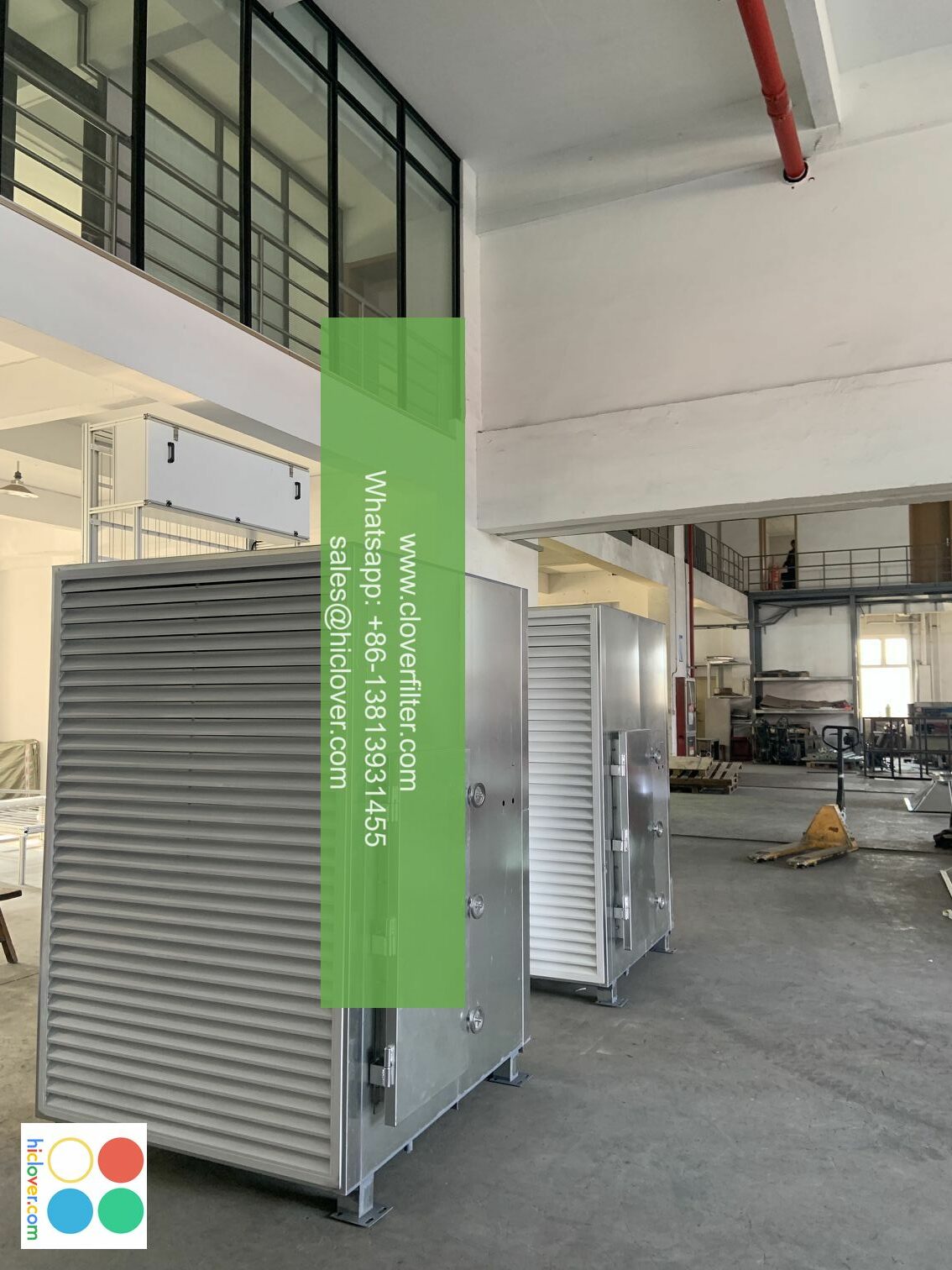Air Filter 101: Understanding the Basics of Air Filtration

Air Filter 101: Understanding the Basics of Air Filtration
What is Air Filtration?
Air filtration is the process of removing contaminants and pollutants from the air we breathe. This is essential for maintaining good indoor air quality (IAQ) and preventing respiratory problems. Air filters are designed to capture airborne particles, including dust, pollen, pet dander, and other pollutants, to improve the air we breathe.
How Do Air Filters Work?
Air filters work by using a combination of physical and mechanical barriers to capture particles and pollutants. The most common types of air filters are:
- Mechanical filters: These filters use a physical barrier to capture particles, such as fibers or mesh.
- Electrostatic filters: These filters use an electrostatic charge to attract and capture particles.
- Activated carbon filters: These filters use activated carbon to absorb gases and odors.
- HEPA filters: High-Efficiency Particulate Air filters are designed to capture 99.97% of particles as small as 0.3 microns.
- Pleated filters: These filters use a pleated design to increase the surface area and capture more particles.
- Panel filters: These filters are designed for general-purpose use and are typically less expensive than HEPA filters.
- Cartridge filters: These filters are designed for use in specific applications, such as HVAC systems.
- Improved indoor air quality: Air filtration helps to remove pollutants and contaminants from the air, improving the air we breathe.
- Reduced allergens: Air filtration can help to reduce the amount of allergens, such as dust and pollen, in the air.
- Energy efficiency: Clean air filters can improve the efficiency of HVAC systems, reducing energy costs.
- Extended equipment life: Clean air filters can help to extend the life of HVAC equipment by reducing wear and tear.
- HVAC systems: Air filters are used to improve indoor air quality and reduce energy costs in heating, ventilation, and air conditioning systems.
- Respiratory care: Air filters are used in respiratory care equipment, such as nebulizers and ventilators, to provide clean air for patients.
- Industrial processes: Air filters are used to remove contaminants and pollutants from industrial processes, such as manufacturing and welding.
- Automotive: Air filters are used in vehicles to improve air quality and reduce emissions.
What are the Different Types of Air Filters?
There are several types of air filters, each designed for specific applications:
What are the Benefits of Air Filtration?
Air filtration provides numerous benefits, including:
Where are Air Filters Used?
Air filters are used in a variety of applications, including:
Conclusion
Air filtration is an essential process for maintaining good indoor air quality and preventing respiratory problems. Understanding the basics of air filtration, including the different types of air filters and their benefits, is crucial for selecting the right filter for your application. Whether you’re looking to improve indoor air quality in your home or extend the life of your HVAC equipment, air filters are an essential component of maintaining a healthy and efficient environment.
I’m happy to help! Unfortunately, I didn’t receive a prompt from you. Could you please provide me with a topic, question, or task you’d like to discuss or accomplish? I’m here to assist you with my best abilities!


